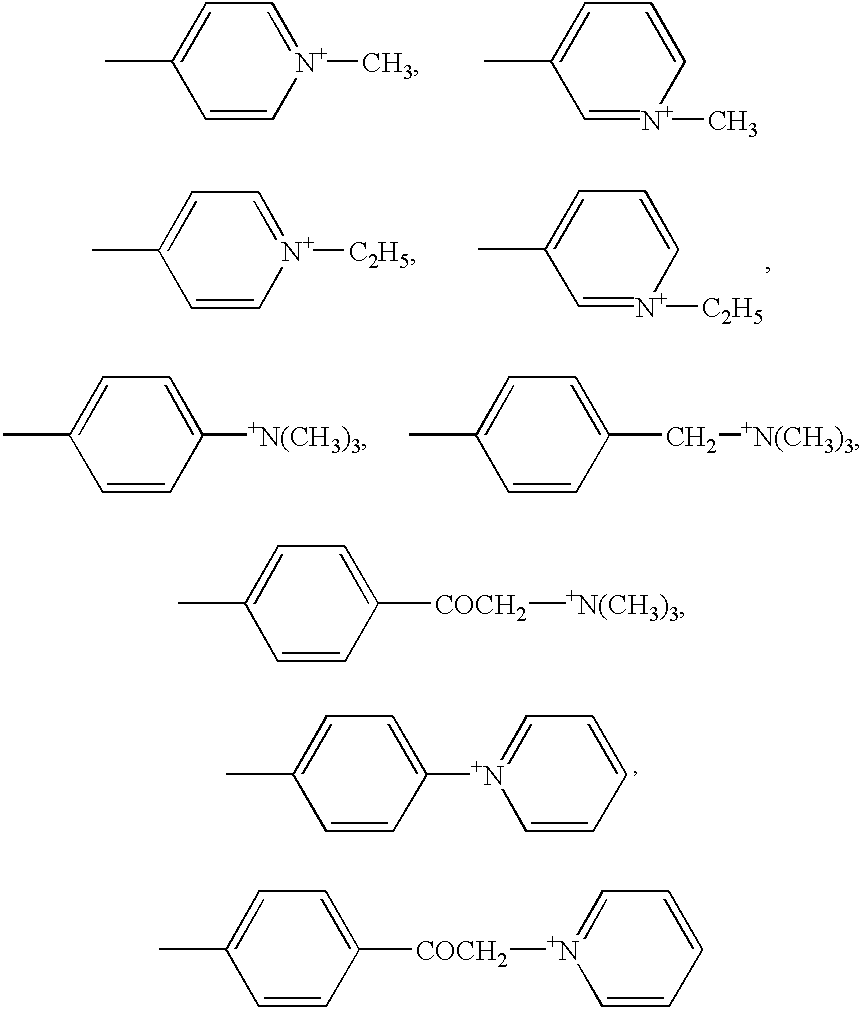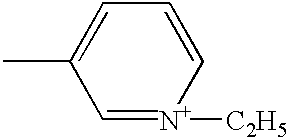Ink for ink jet recording, ink set for ink jet recording, method for ink jet recording, ink cartridge for ink jet recording, ink jet recording apparatus and recorded article
a technology for ink jet recording and ink cartridge, which is applied in the field of ink jet recording ink cartridge ink jet recording apparatus and recorded article, etc. it can solve the problems of difficult to obtain an image, poor fixation, and inability to satisfy all the properties aforementioned at the same tim
- Summary
- Abstract
- Description
- Claims
- Application Information
AI Technical Summary
Benefits of technology
Problems solved by technology
Method used
Image
Examples
preparation example 1
[0130] Carbon Black Dispersion 1 Treated With Hypochlorite
[0131] 300 g of commercially available acid carbon black (pH 2.5), supplied by Cabot under a trade name of Monarch 1300, was mixed with 1000 ml of water and 450 g of hypochlorite (effective chlorine concentration: 12%) was added dropwise thereto and heated to 100 to 105.degree. C. for 8 hours while stirring.
[0132] To the resulting solution, 100 g of hypochlorite (effective chlorine concentration 12%) was added and dispersed for 3 hours using a horizontal homogenizer. The slurry was diluted 10 times with water. After treated with lithium hydroxide to adjust pH, the solution was concentrated and desalted using a ultrafiltration membrane to a conductivity of 0.2 mS / cm to form a carbon black dispersion with a colorant concentration of 15%. The dispersion was centrifuged to remove coarse particles and then, filtered by a nylon filter of 1 micron to obtain a carbon black dispersion 1. The average particle diameter (D50%) was found ...
preparation example 2
[0133] Carbon Black Dispersion 2 Treated With Sulfonating Agent
[0134] 150 g of commercially available carbon black colorant, supplied by Degussa under a trade name of Printex#85, was mixed with 400 ml of sulfolane. The mixture was ground using a bead mill and stirred with 15 g of sulfonamide at 140 to 150.degree. C. for 10 hours. The resulting slurry was added to 1000 ml of ion exchange water and centrifuged at 12000 rpm to obtain a surface-treated carbon black as a wet cake. The carbon black wet cake was redispersed in 2000 ml of ion exchange water and treated with lithium hydroxide to adjust pH. The solution was concentrated and desalted by a ultrafiltration membrane to form a carbon black dispersion with a colorant concentration of 10% by weight. The dispersion was filtered by a nylon filter of 1 micron to obtain a carbon black dispersion 2. The average particle diameter (D50%) was found to be 80 nm.
preparation example 3
[0135] Carbon Black Dispersion 3 Treated With Diazo Compound
[0136] 100 g of carbon black having a surface area of 230 m.sup.2 / g and DBP oil absorption of 70 ml / 100 g and 34 g of p-amino-N-benzoic acid were dispersed in 750 g of water. 16 g of nitric acid was added dropwise to the dispersion and stirred at 70.degree. C. After 5 minutes, a solution of 11 g of sodium nitrite dissolved in 50 g of water was added to the dispersion and stirred for 1 hour. The resulting slurry was diluted 10 times and centrifuged to remove coarse particles. The solution was treated with diethanolamine to set pH to 8 to 9. The solution was concentrated and desalted by a ultrafiltration membrane to form a carbon black dispersion with a colorant concentration of 15%. The dispersion was filtered by a polypropylene filter of 0.5 .mu.m to obtain a carbon black dispersion 3. The average particle diameter was found to be 99 nm.
PUM
| Property | Measurement | Unit |
|---|---|---|
| viscosity | aaaaa | aaaaa |
| particle diameter | aaaaa | aaaaa |
| weight ratio | aaaaa | aaaaa |
Abstract
Description
Claims
Application Information
 Login to View More
Login to View More - R&D
- Intellectual Property
- Life Sciences
- Materials
- Tech Scout
- Unparalleled Data Quality
- Higher Quality Content
- 60% Fewer Hallucinations
Browse by: Latest US Patents, China's latest patents, Technical Efficacy Thesaurus, Application Domain, Technology Topic, Popular Technical Reports.
© 2025 PatSnap. All rights reserved.Legal|Privacy policy|Modern Slavery Act Transparency Statement|Sitemap|About US| Contact US: help@patsnap.com



